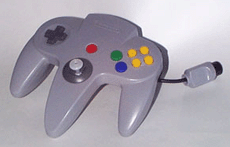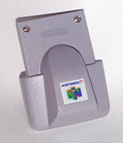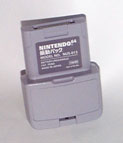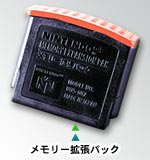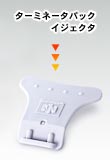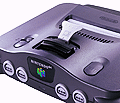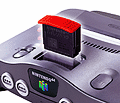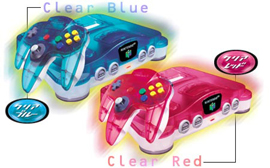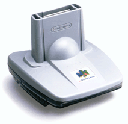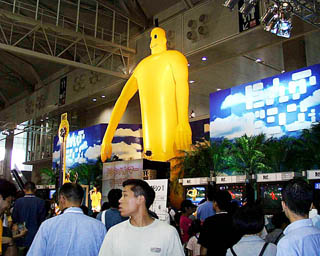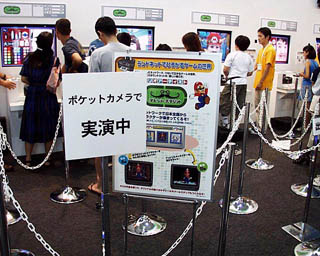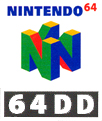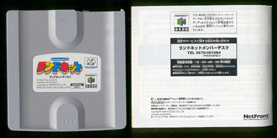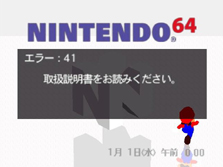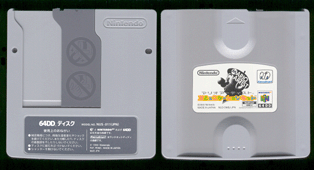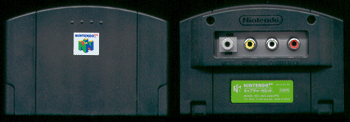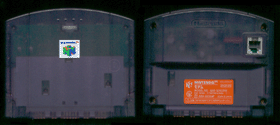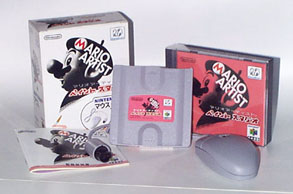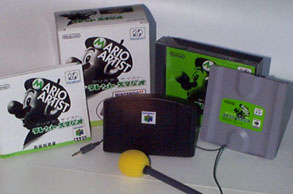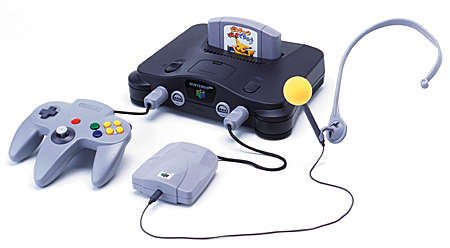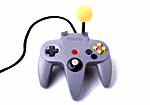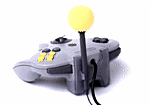With the release of Mario
Kart 64 (check Box Art section), they also produced one mixed controller
made by the bottom part of the grey one and the upper and plug part by a
black one. Intended as a limited release first, it was later released separately
along with the other ones.

This move was very succesful,
and 3rd party hardware producers started to develop colored Contollers with
matching Controller Paks and Rumble Paks. After that Nintendo started to
supply different consoles as well, one transparent pink and one transparent
blue with the bottom half transparent white. Separated controllers were
also available.
The release of a limited
edition black transparent one (with matching joypad - exactly like
the keyboard and modem) came on the market for people who wanted to buy
a Nintendo 64 / 64 DD bundle at a special price. This, along with the clear
ones stayed on the market for a while even after dropping the 64 DD. The
same color has been part of the extra 6 for the american Nintendo 64. Scroll
below to the 64 DD area to see them connected together.
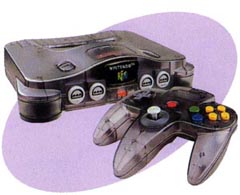

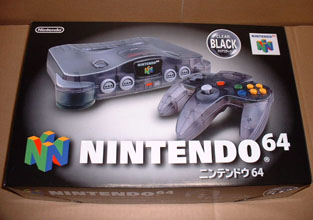
Other colors that made it into the american
(and then european) market are the limited edition
transparent purple and transparent orange consoles with accompanying
controllers. The first is like the other two, transparent white on the bottom
and transparent purple on the top. The second one is transparent orange
on the top but the standard Nintendo 64 color on the bottom.
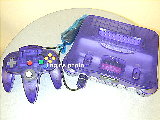


Sorry for the crap pictures,
nothing else available.
Since Nintendo 64 was much
more succesful in the USA, Nintendo of America followed another way, making
available 6 different transparent colors for
the console (with matching joypads) and 2 extra colors
only for joypads; gold and grey / black as the limited japanese Mario
Kart 64 one. They were referred to as "Grape, Watermelon, Ice, Jungle
Green, Fire and Smoke" colors.
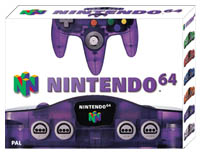

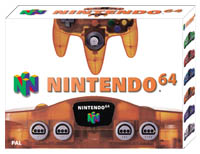

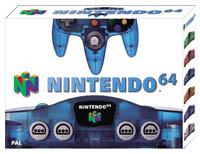
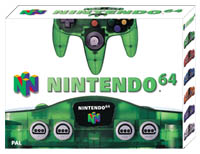

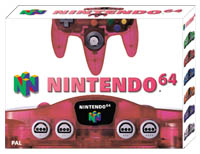

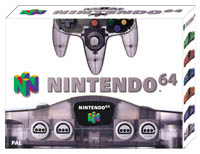
Along with the debut of The
Legend of Zelda: Ocarina of Time on the USA
market - which the first, limited edition came
in a gold cartridge (like the old NES titles)
- they released a limited edition gold controller.
This move in Japan was followed by the release of 2
gold controllers with different boxes, both limited. Later on in
the USA and Europe a bundle with a gold controller
/ gold Nintendo 64.
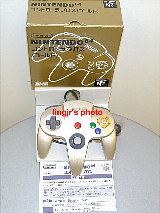

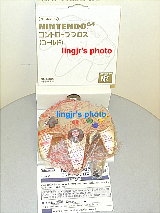

Useless to say that after
Nintendo 64 almost EVERY console started to show colorful units and
accessories.
First editions of The Legend
of Zelda: Ocarina of Time and The Legend of Zelda: Majora's Mask came in
gold cartridges and started "coloring" also for carts that were
not limited: gold, yellow, red, blue, black...
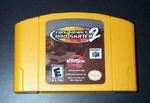 |
Click
on the cart to see pics of colored cartridges released on the market
|
First introduced by Nintendo
64!
Pokemon Stuff
One special mention is needed
just for this because with Pokemon stuff and the related games and hardware
Nintendo has made billions of dollars and pushed some interesting ideas.
Nintendo is the only company which sells and develop videogames and merchandise
about these little creatures. Although I personally hate these kind of stuff,
I must admit the games concerning Pokemons are awesome titles, with lot
of features, an awesome life span and supported by dedicated hardware (from
Gameboy to Nintendo 64 to Game Boy Advance and so on..). About Nintendo
64 the first noticeably thing are the limited edition
light blue / yellow and orange /yellow consoles and controllers that
were released a year ago in Japan and then in blue
/yellow (not limited) in the other countries. Those, came first alone
and then with the VRS unit + game (see below). Somewhere else the Pokemon
version came as a standard console but with different
colors and some stickers on it. With those 2 other controllers were
issued to match the colors of the console. Though ugly in my opinion (Pokemon
stuff is designed with young kids in mind - 12 years and under) colors are
very nice. Note that this version doesn't have the
expansion port for the (already defunct at time of these consoles'
release) 64 DD unit; and thanks to that stupid Pikachu the
Z64 doesn't fit on top of it.


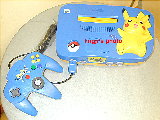

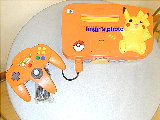


Japanese ones
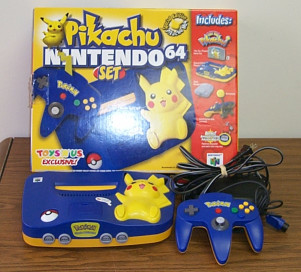

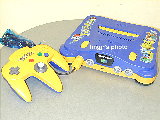
European / USA / Australian
version and?... Please help find out for the one on the right!
About the games, the Nintendo
64 and Game Boy ones are the only games for console that have been translated
in almost all countries where Nintendo 64 has been released. In the Game
boy titles, which are rpg-like games, you can find, train and exchange Pokemons
with other people. The first bunch of games released comprises the red,
yellow, blue and green game; each one features different Pokemons to find
and different plots. The Game Boy cartridges are the first to have a built-in
clock to keep track as time passes by. Some of the creatures that you can
find can only evolve by time, exchanging with other people or by things
that can happen only if you connect more different games together. Why are
Game Boy games and Nintendo 64 so tied together? Beacuse with this in mind,
the engineers at Nintendo developed the Transfer Pak, that allowed people
to bring their self-trained creatures in a 3d environment to battle! After
the awesome success of these games Nintendo did it again with the release
of 3 additional games for Game Boy (respectively Gold, Silver and Crystal)
and (more advanced in terms of connectivity) matching Nintendo 64 games.
Fortunately the Transfer Pak has evolved from the Pokemon lovers' niche
and some beautiful games were developed for it.
Exact the same for connection/colors
is happening now (though evolving) for Game Boy Advance and Game Cube.
First introduced by Nintendo
64!
![]()
![]()
![]()
![]()
![]()
![]()
![]()
![]()
![]()
![]()
![]()

